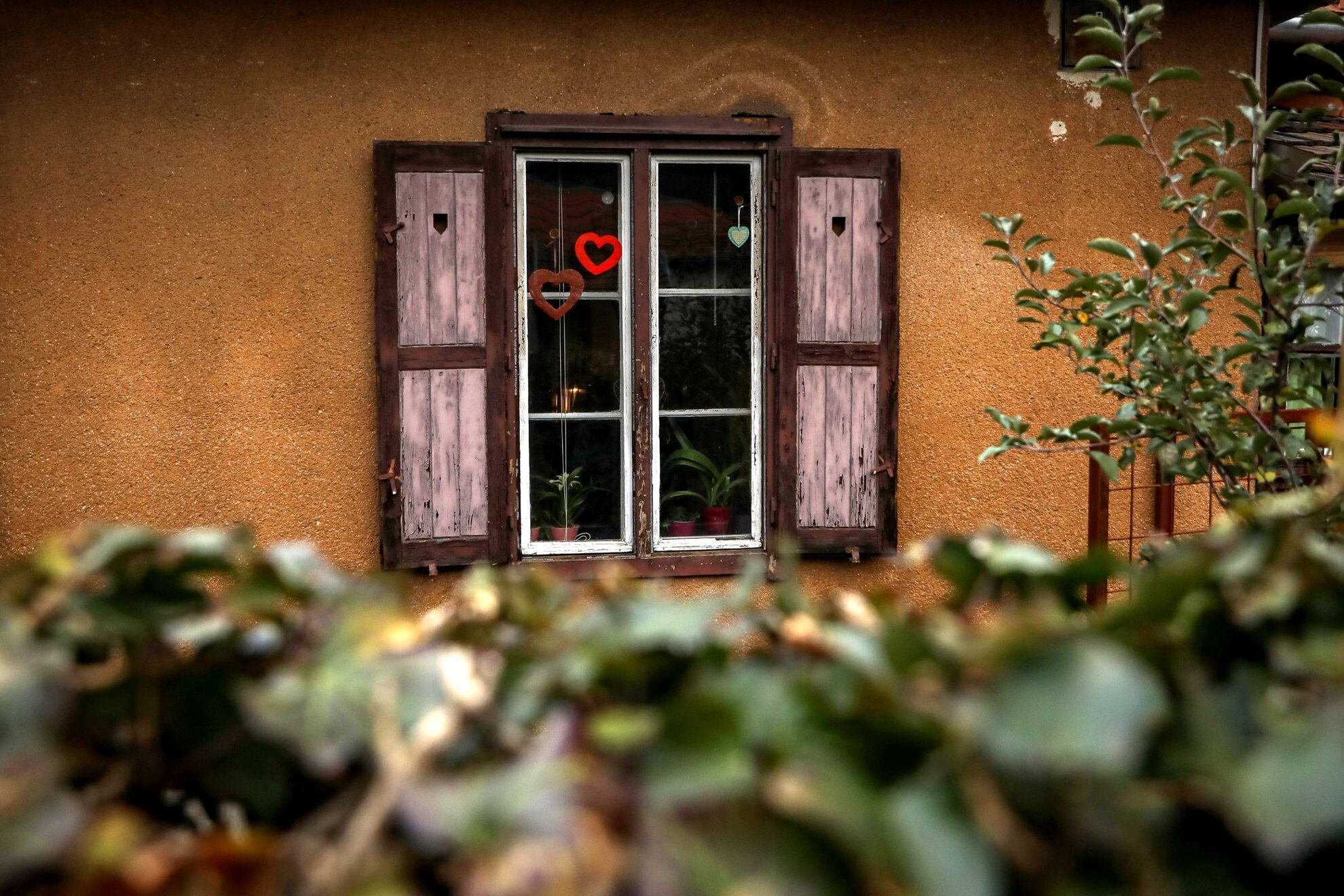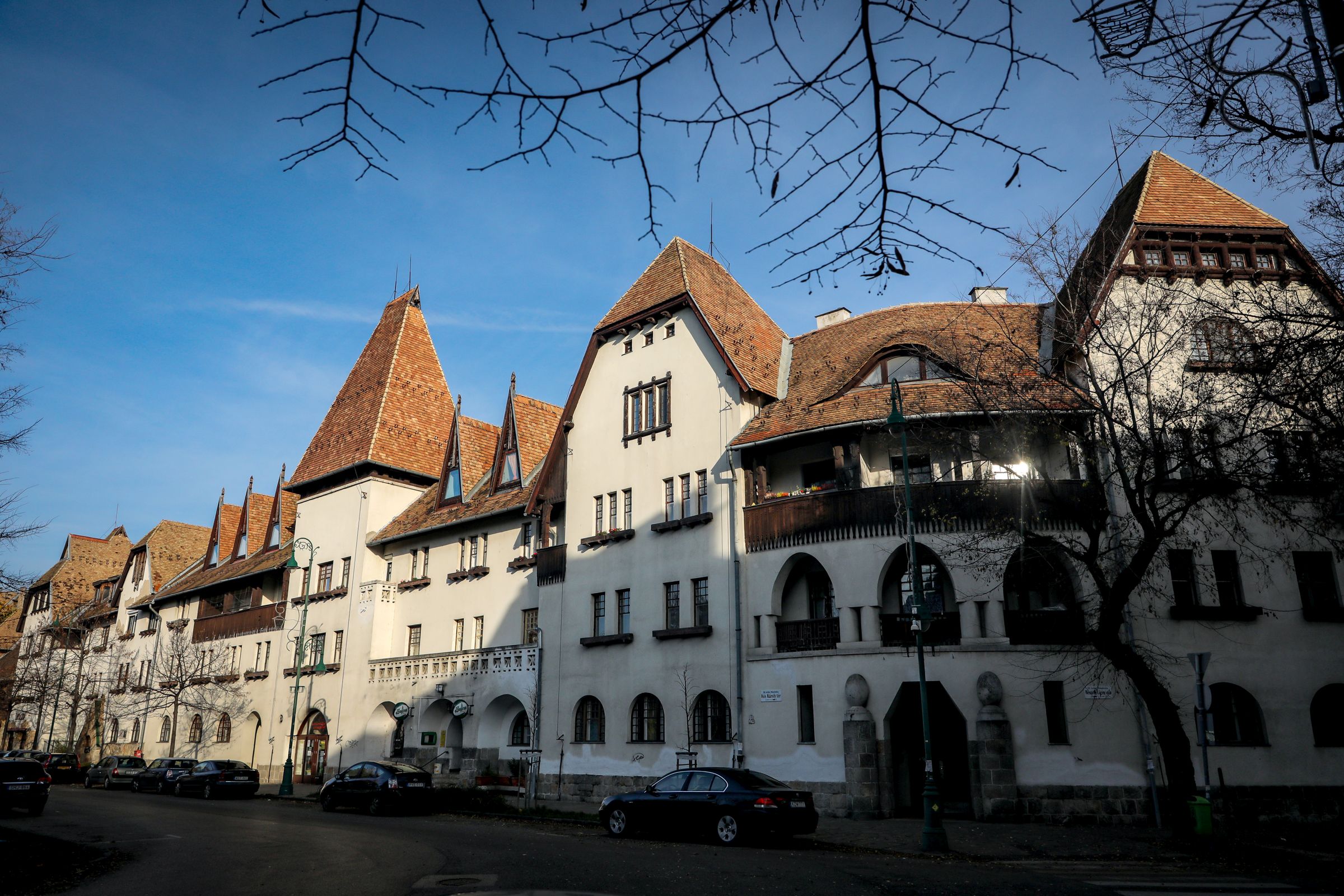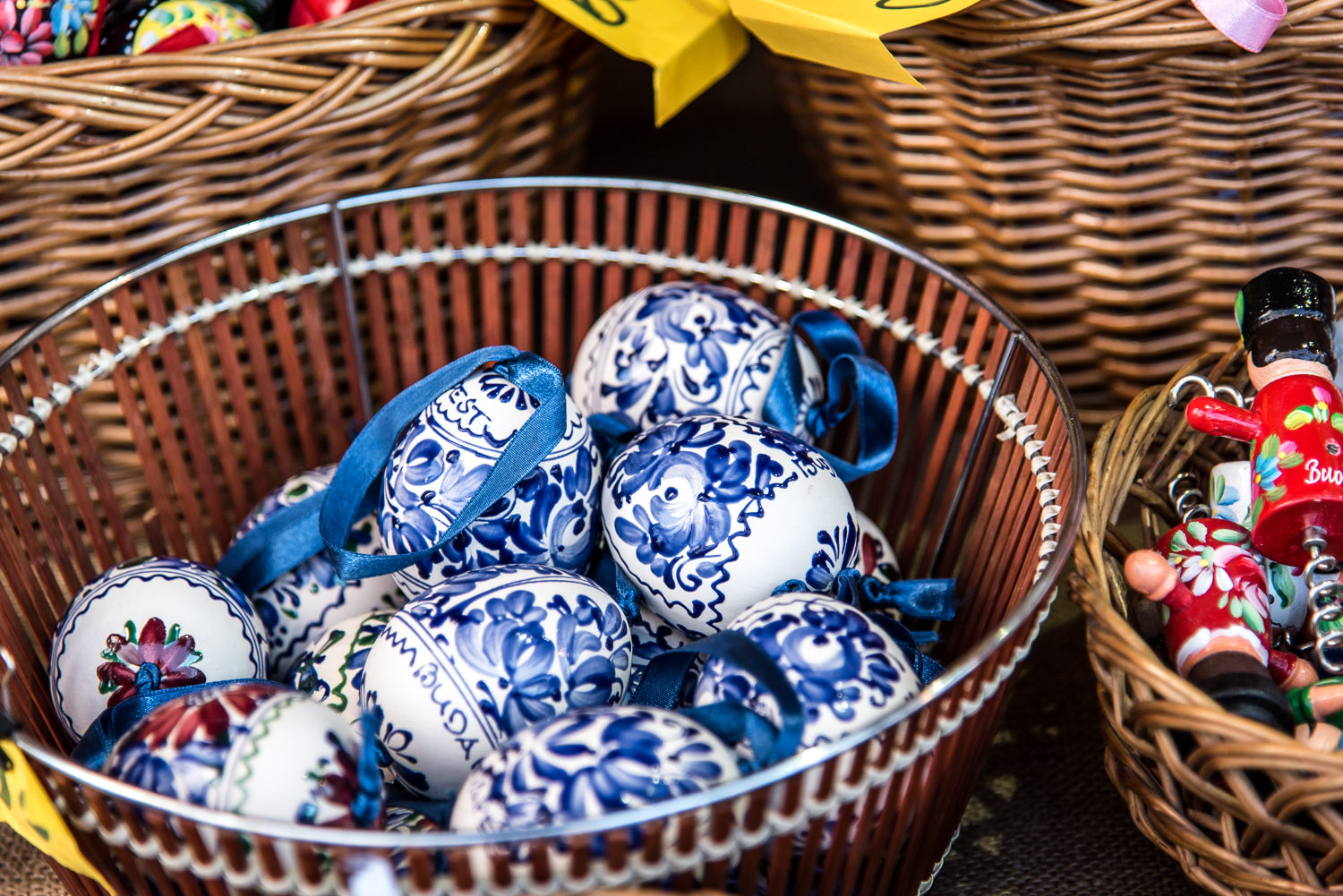Wekerletelep is unique not only in Budapest and in Hungary, but in all of Europe as well, considered the largest garden city at 1.7 square kilometres. The Art Nouveau buildings in Hungarian folk style and the precisely designed geometrical pattern of the community contribute to Wekerle’s unique charm. The decorative gate with Transylvanian features right in the middle of the main square is just the cherry on top.
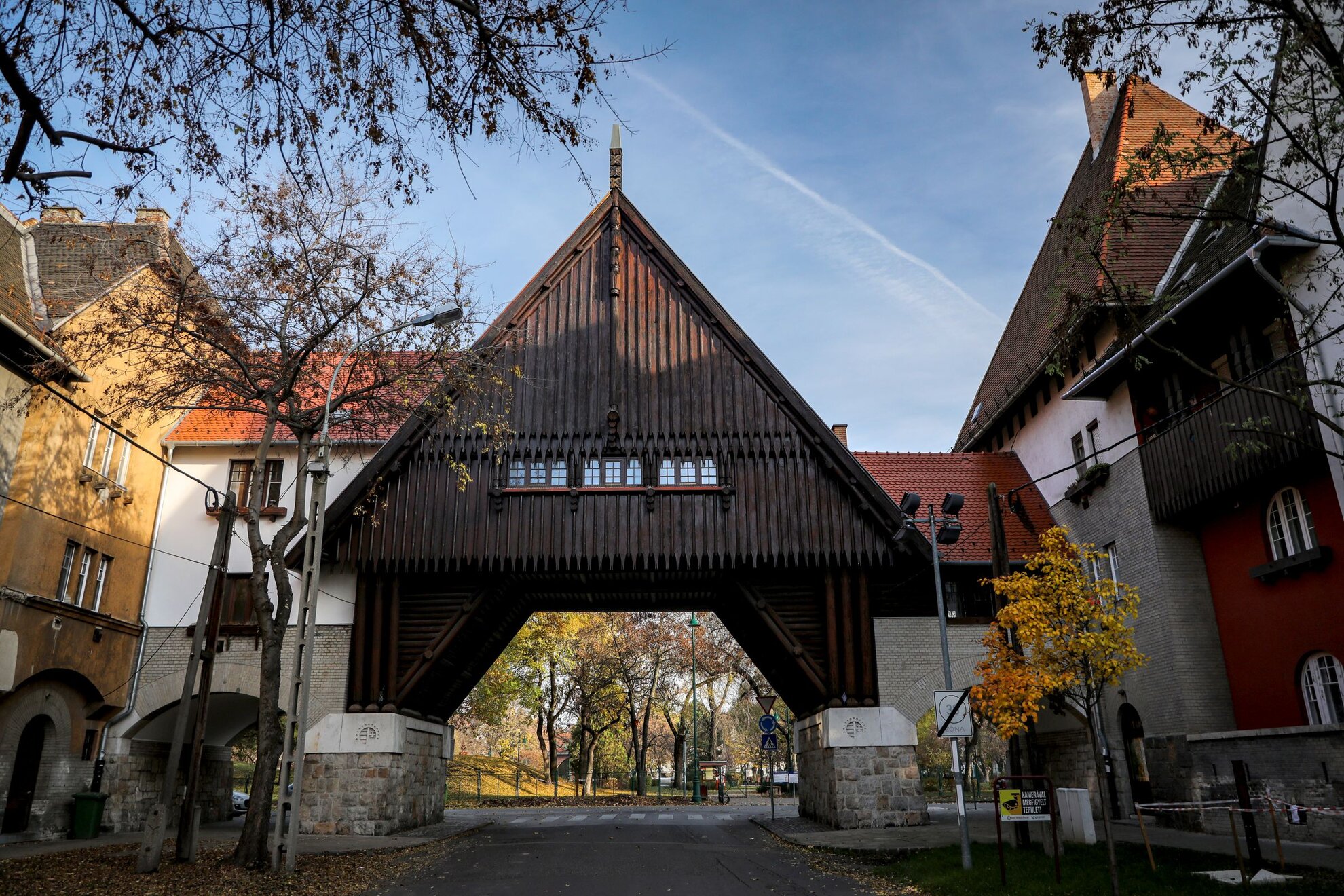
The quarter bears the name of Hungary’s first non-noble prime minister, Sándor Wekerle, as it was his idea to construct this area in the first place. He was the minister of finance from 1889 to 1892, and later the prime minister from 1892 to 1895, gaining a second term between 1906 and 1910. It was then that he conceived the idea of Wekerletelep, which began to be built during his time in office – in Kispest, at the time a small settlement on the fringes of Budapest.
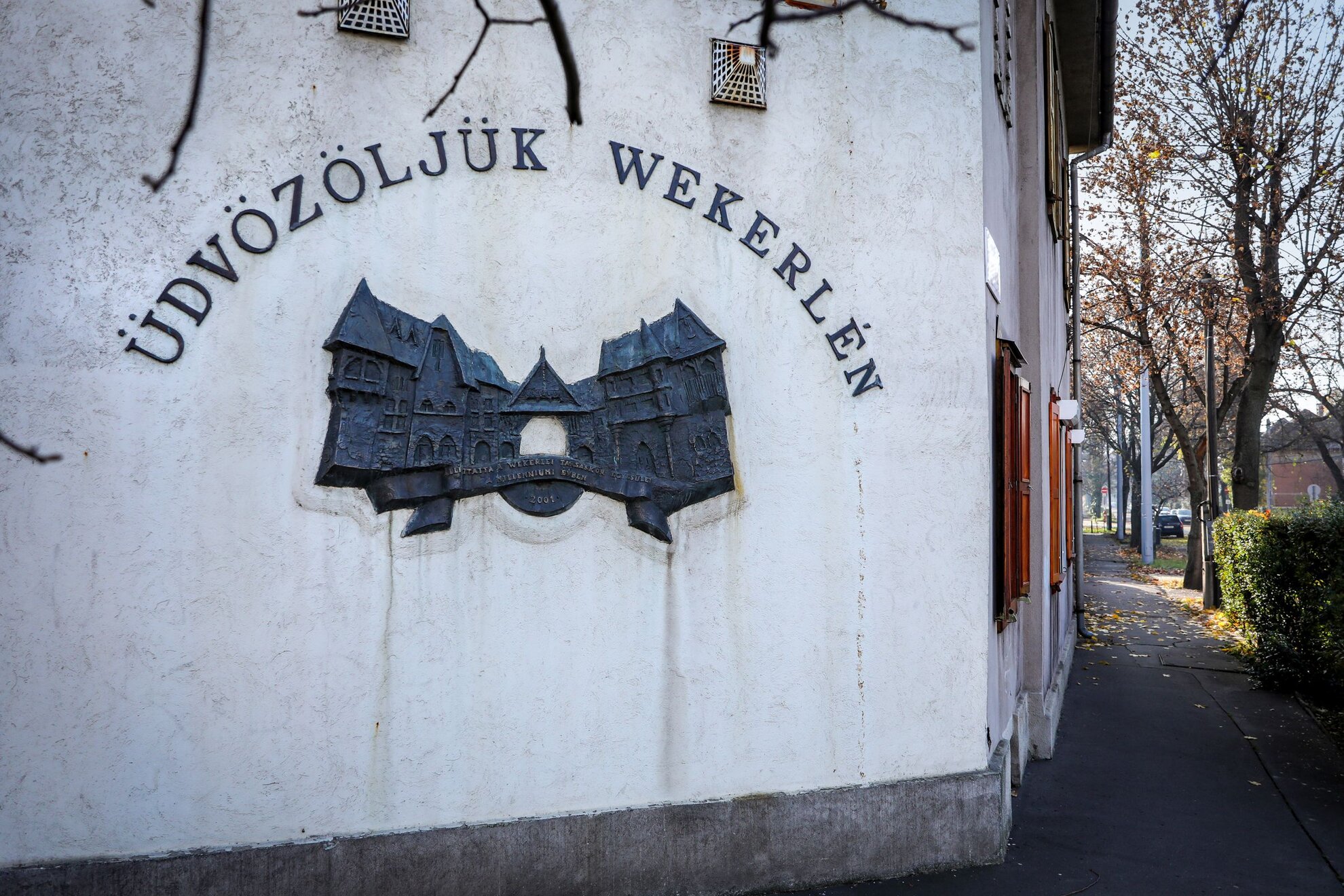
When deciding to
develop the quarter, Wekerle was guided by nothing but the good intentions of a
politician – something still alive and well at the time. By the turn of the
century, Budapest had become a real European metropolis with a developing
manufacturing industry and a great influx of workers into the city.
The capital
suddenly became suffused with people and could hardly keep up with the demands
of its growing population. There was a serious housing problem across the city,
with people crammed tightly together, resulting in issues of public health and
hygiene. It was clear that something had to be done.
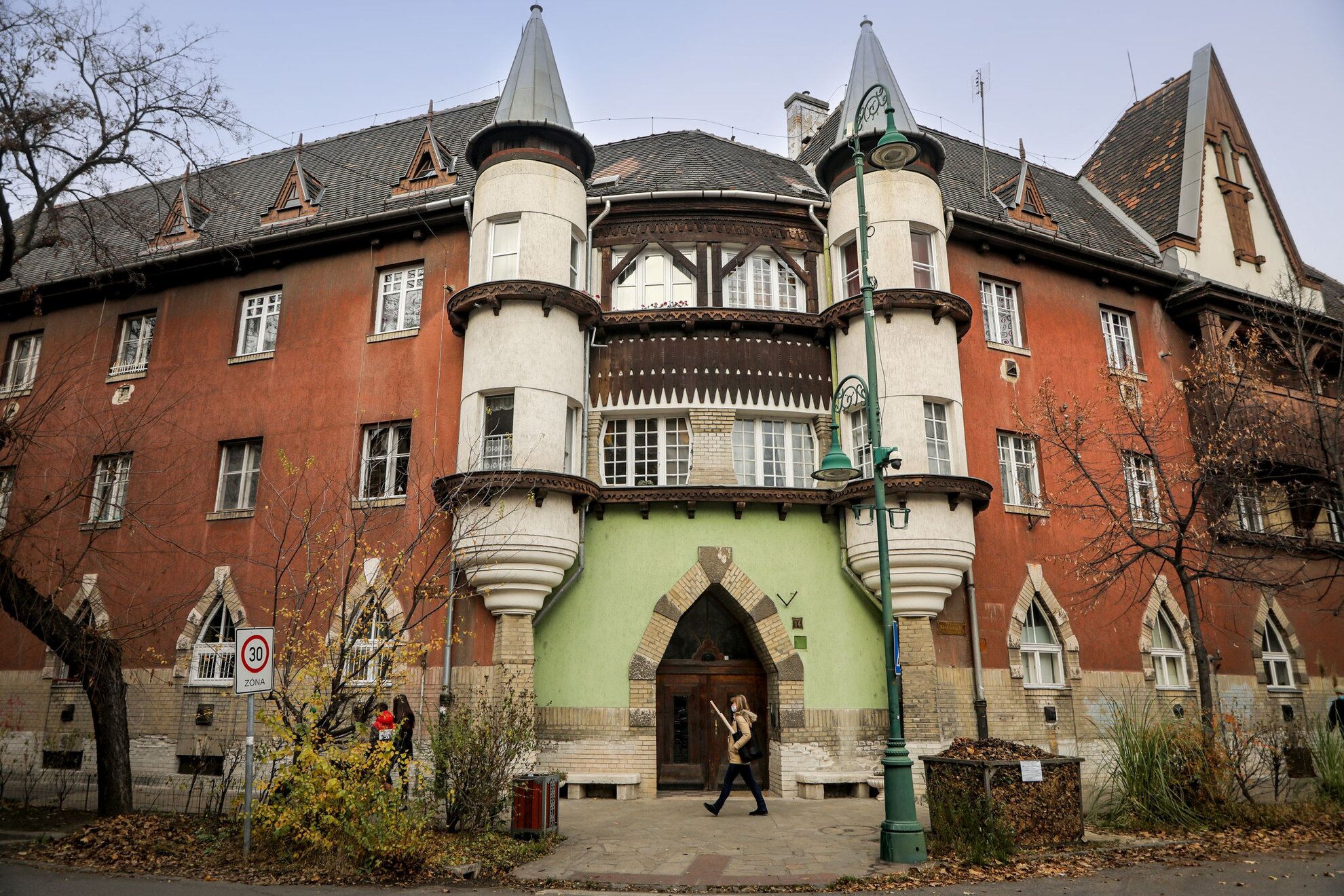
And that’s when Wekerle had his revelation – a
new housing estate needs to be built for the incoming workers, relieving the
capital from the weight of sudden urbanisation. A tender was issued, which
involved designing the network of the streets and the design of the buildings
in the new housing estate.
Its details were formulated by Róbert Fleischl, a
renowned architect of the period. The idea was to give the entire complex a
suburban feel, so the workers coming in from the countryside could adjust more
easily, and not be completely removed from the rural, small-town atmosphere
that they had been used to. The government was highly enthusiastic of
Fleischl’s idea, because it echoed the Arts & Crafts movement from England,
which had spread across Europe – and which put great emphasis on suburban
architecture.
Originally, the name of the estate was Kispesti Állami Munkástelep (Kispest State Workers’ Colony). Its construction was carried out entirely from state funds. The tender received 30 applications, and the chairman of the committee was architect Alajos Hauszmann of Palace of Justice fame. Antal Palóczi won in the category of site structure, with Róbert Fleischl coming in second, but the order was reversed when it came to the category of building design.
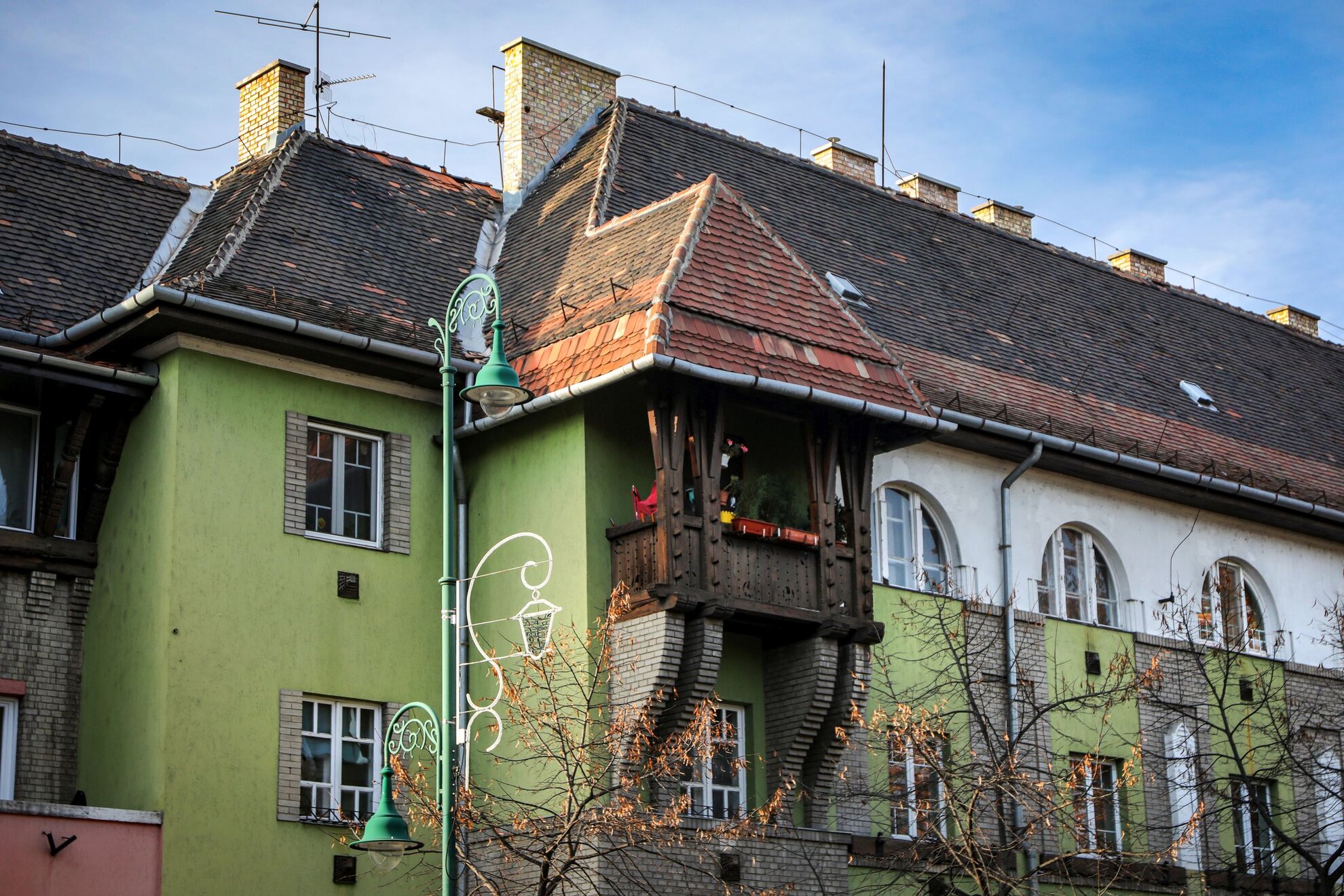
There was a separate
tender announced for creating the square which centrepieces the site, won by
Károly Kós, responsible for the most striking buildings at Budapest Zoo. Construction
began in late 1908, but was interrupted by the outbreak of World War I in 1914.
It wasn’t completed until 1929, with the church on the main square unveiled in
1930.
The area was intended to be green from the very beginning: a total of
50,000 trees, among them 16,000 fruit trees, were planted here, together with numerous
flowers and blackcurrant bushes.
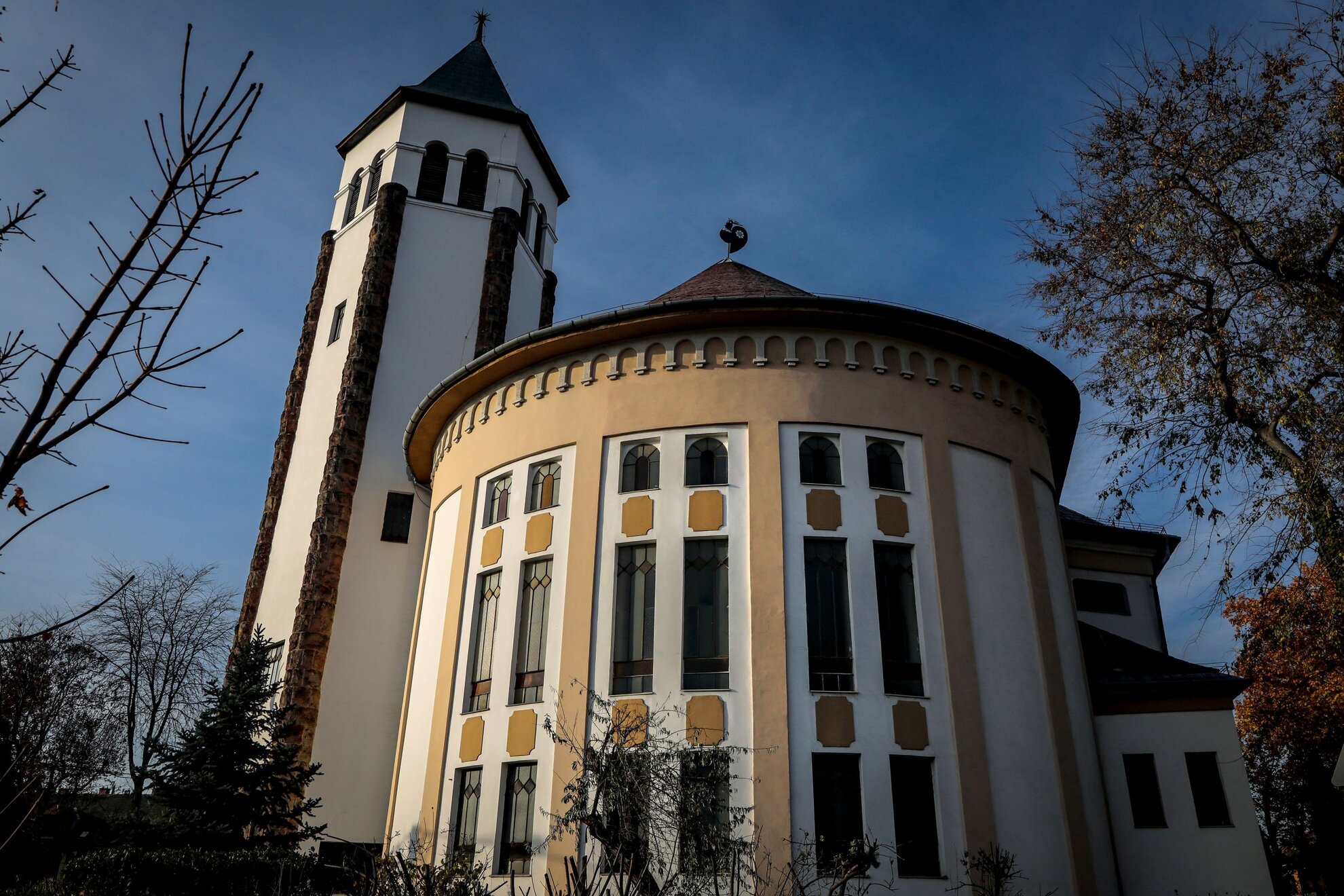
By the end of the 1920s, Wekerletelep numbered
about 22,000 inhabitants. The first residents to arrive were the employees of
the MÁV machine factory. They were tenants, while the buildings and businesses
all belonged to the state. The settlement was renamed after Sándor Wekerle
during his lifetime, as a sign of admiration.
The main square, originally called
Fő tér, received the name of legendary Hungarian poet Sándor Petőfi in the
1970s, but then it was changed to the name of its designer, Károly Kós, in the
1980s. The quarter, together with the whole of Kispest, was finally attached to
Budapest in 1950.
Thankfully, Wekerletelep hasn’t changed a lot since. But there is more greenery now than when it was first built, and the houses have been maintained over the years, too. Almost all of the former public buildings have retained their original functions, including the police station, the church, the school and the kindergarten. The only restaurant here from the beginning is still operating, with several others now in the vicinity.
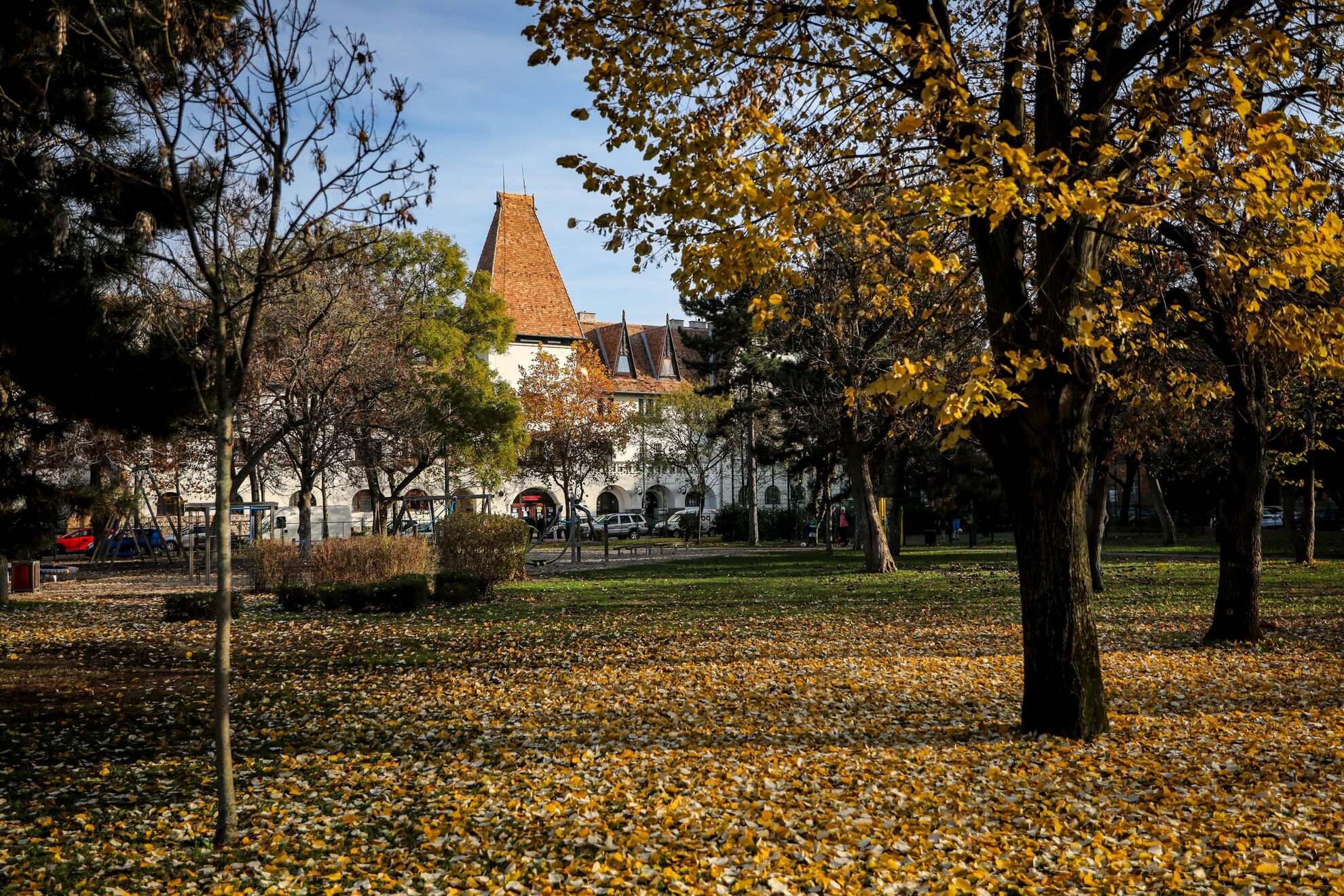
The most defining features of Wekerletelep are the same as they were 100 years ago: a relaxed, cosy, rural atmosphere and a friendly small-town character. There’s a tight-knit local community, responsible the first communal garden in the city. The green mindset of those living here is clear when walking on the streets, which are a mixture of charming fairytale houses and nature as far as the eye can see.
